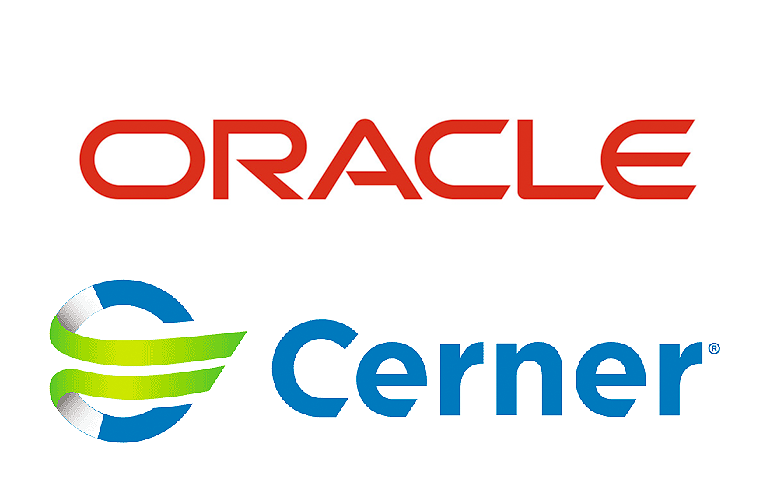Cerner’s interoperability vision, FHIR strategy, resources, and more after the Oracle acquisition
Oracle shocked the healthcare market when it announced its acquisition of Cerner for $28 billion in December 2021

While the details continue to settle, providers and experts speculate how the Oracle deal could turn around Cerner’s stalled growth in recent years.
And some industry watchers share an optimism that Oracle’s acquisition of Cerner can accelerate industry-wide healthcare interoperability.
Let’s look closer at this institution’s healthcare interoperability history, philosophy, FHIR and SMART direction, and the meaning of the Oracle acquisition.
Cerner/Oracle Strategy and Resources for Interoperability and FHIR APIs

Cerner/Oracle Interoperability Approach and Options
Cerner expresses a broad vision for and commitment to interoperability. In their words: “It leads with standards, network connections and nationwide exchange to make data sharing possible with any system regardless of EHR.”
Here are just some of the many ways it connects patients, doctors, providers, and payers with its and others’ EHR:
- It is a founding member and leader in the CommonWell non-profit interoperability network. It encourages customers to explore integration options through CommonWell.
- It also supports and connects using the CareQuality data exchange framework.
- Connecting for Population Health: Population health goals also link the healthcare provider communities closer than ever. offers FHIR-based, RESTful APIs to connect with its HealthIntent population health platform.
It also enables patients to see and share their health information through the Apple Health app.
Cerner/Oracle FHIR Interoperability Resources
Cerner FHIR API Implementation and Endpoint Resources for Developers and Providers:
Epic FHIR app building page with testing sandbox, signup, and documentation Cerner Ignite FHIR-based APIs hook into its Millennium EHR and HealthIntent population health platforms.
Cerner/Oracle SMART on FHIR and App Resources
The institution provides its SMART on FHIR resources here in a detailed resource page.
Oracle-Cerner: Good or Bad for Interoperability and Healthcare?

Let’s break down expert industry opinions about what the Oracle acquisition will mean to data sharing, interoperability, and the EHR market overall.
| The Good | The Less Good |
| The Oracle-Cerner deal could advance a cloud-based platform that will help healthcare systems exchange data. | Analysts said the Oracle-Cerner acquisition damages Oracle’s market value. |
| This acquisition will reduce the burden on physicians to manually enter data into EHRs. | Is a giant like Oracle a benefit or a burden for Cerner? |
| Oracle could step up into a more competitive position in cloud computing. | There are privacy concerns to reconcile. |
| “Oracle entering the EHR space could support the development of a 360-degree view of the patient.” | Hmm. Is this acquisition a $30 billion headache for Oracle? |
| “Analysts said it could offer the potential for healthcare providers to access and share electronic health records more easily.” | And an even more assertive “Jumped the Shark” opinion that Oracle fumbled with its acquisition of Cerner. |
Checklist for Cerner FHIR API Integration Success

Our recent Epic interoperability post outlined a detailed path forward to EHR FHIR integration. Here’s a shorter summary checklist so we can share more about the integration future for Cerner and Oracle.
- Seek expert technology guidance to understand all of your Oracle/Cerner FHIR and integration options.
- Work backward from your Cerner FHIR and integration success objectives.
- Identify which systems need integration and the capabilities and endpoints you need.
- Establish firm data privacy and protection boundaries for integration.
Find the Right Oracle/Cerner FHIR API Technology Partner
Successful FHIR integration requires smart developers and strategists with healthcare, engineering, and integration technology brilliance. Work with KMS Healthcare interface technology experts to:
- Assess your Cerner/Oracle integration challenges and opportunities.
- Understand the integration tools and direction for Oracle and Cerner
- Define your interoperability roadmap, no matter how big or small
- Establish a confident, secure path forward for Cerner FHIR APIs and data harmony.
- Do high-quality integration work fast and reliably.
Expert development, testing, QA, and documentation teams will advance your integration objectives beyond your expectations.
Establish 80%-90% of Your FHIR and Interface Platform Almost Overnight
Get the best quality healthcare interface platform in place fast with a groundbreaking plugin platform for FHIR, EDI, and all of your interface connections. See more below.
Let’s Talk About Integration Success

KMS Connect provides a ready, smart plug-in platform that does most of the heavy lifting for building FHIR interfaces for you and your customers. This FHIR “engine” immediately delivers 80 percent or more of the FHIR infrastructure you need for every API you develop. Start FHIR API projects with the finish line in sight:
- Plug in prebuilt connectors to other EHRs and health data systems.
- Swiftly enable data sharing via HL7v2, EDI, and flat files—every way that healthcare continues to exchange data for real-world interoperability needs.
Consider KMS Healthcare as your expert guide to establish winning interoperability strategies and deliver exceptional technology solutions for Cerner, FHIR, EDI, HL7v2, and every healthcare data system and interface option. Realize substantial benefits:
- Build Healthcare Data Interfaces Faster and Easier
- Save Money
- Build Better FHIR APIs
- Accelerate Returns from M&A and Other Vendor Partners
- Be ready for SMART on FHIR:
What Next?
